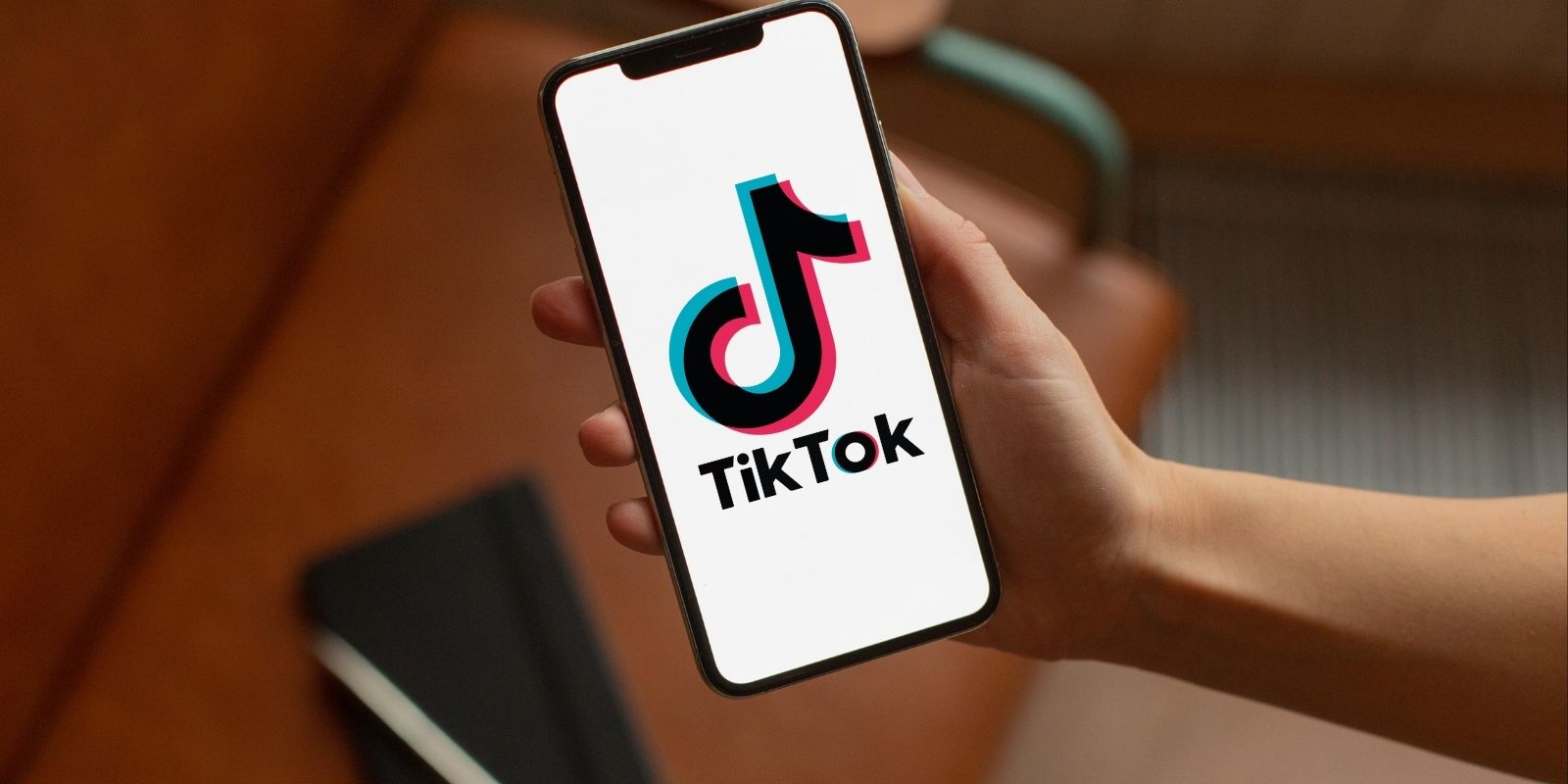TikTok is providing its users with the option of a less cluttered viewing experience. The social media giant’s new Clear Mode allows a user to watch a video without the UI overlay, which shows the favourite and comment buttons and other information about the video.
What is Clear Mode and how does it work?
It’s currently unclear how many users have access to the new trial feature. But, those that do can access Clear Mode by pressing and holding on a video, then tapping the Clear Mode button on the menu that pops up. The same method can be used to exit Clear Mode. There’s also a button in the bottom right corner that will return you to the standard UI.
Users who activate Clear Mode can watch a TikTok video without all the additional information that appears on screen. However, when they scroll to the next video, the UI comes back and Clear Mode needs to be re-enabled. That said, it’s currently unclear if the feature will operate in this way when it’s ultimately rolled out.
Clear Mode is currently available on the For You page, on people’s profiles and in videos that have been sent via DM. However, it does not currently show up for ads and it isn’t available during screen recording. In theory, this should help prevent people from using Clear Mode to steal content and pass it off as their own.
Clear Mode pushes TikTok further into the mainstream – the view from Spike
In the past, many TikTok users have complained about the app’s clunky UI, which contains information that often covers some of the video.
For this reason, the new Clear Mode option makes the app much more user friendly. In particular, this new form of functionality will likely appeal to a slightly older audience, which may help expand TikTok’s reach even further.
Added to this, TikTok’s launch of Clear Mode feels like further evidence that the company is shifting its focus further towards long-form video. In the past year, the maximum time limit for TikToks has expanded from one minute to 10 minutes. Due to this, the creation of Clear Mode makes even more sense. After all, the longer the video, the less likely it is that a viewer will be willing to put up with content that is covered by buttons and constantly moving text and icons.
